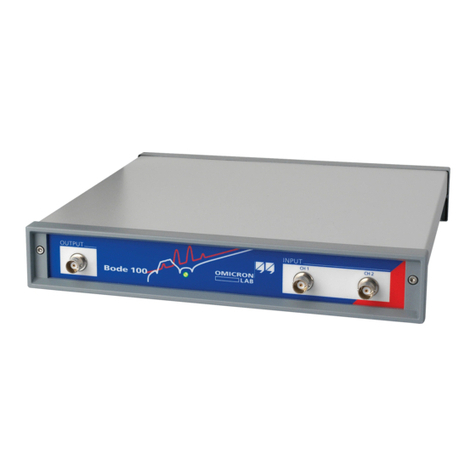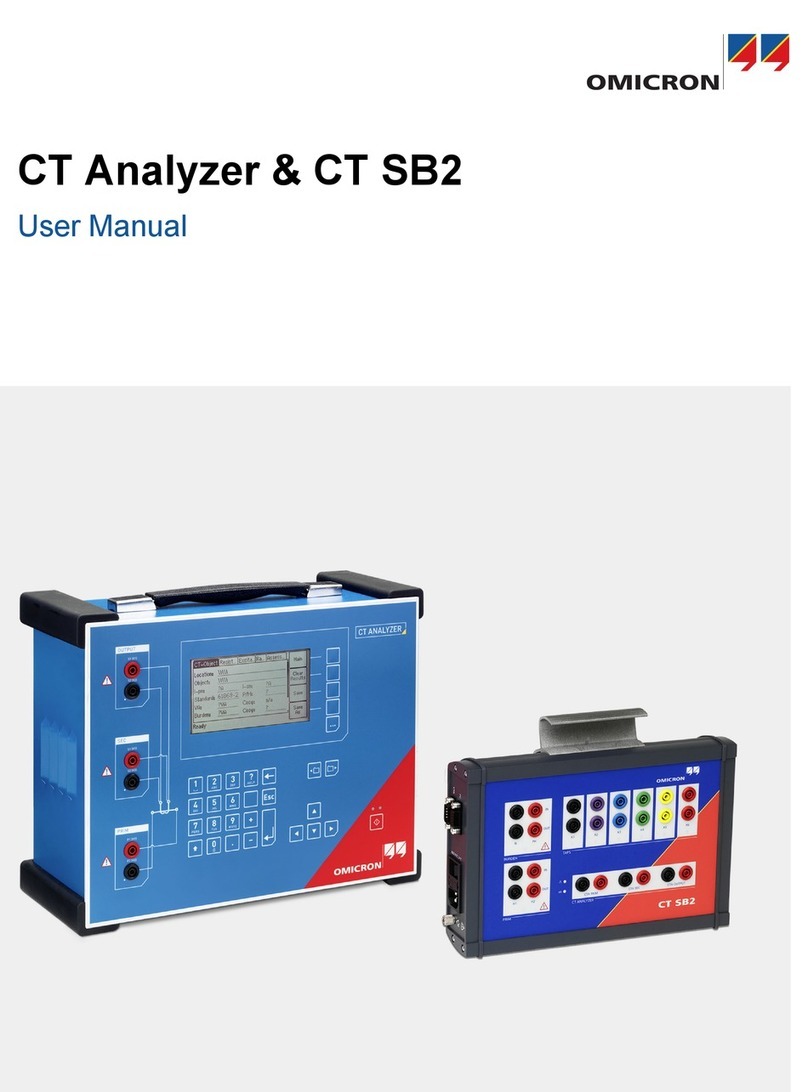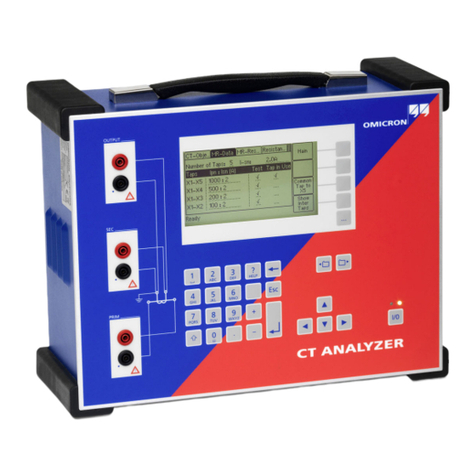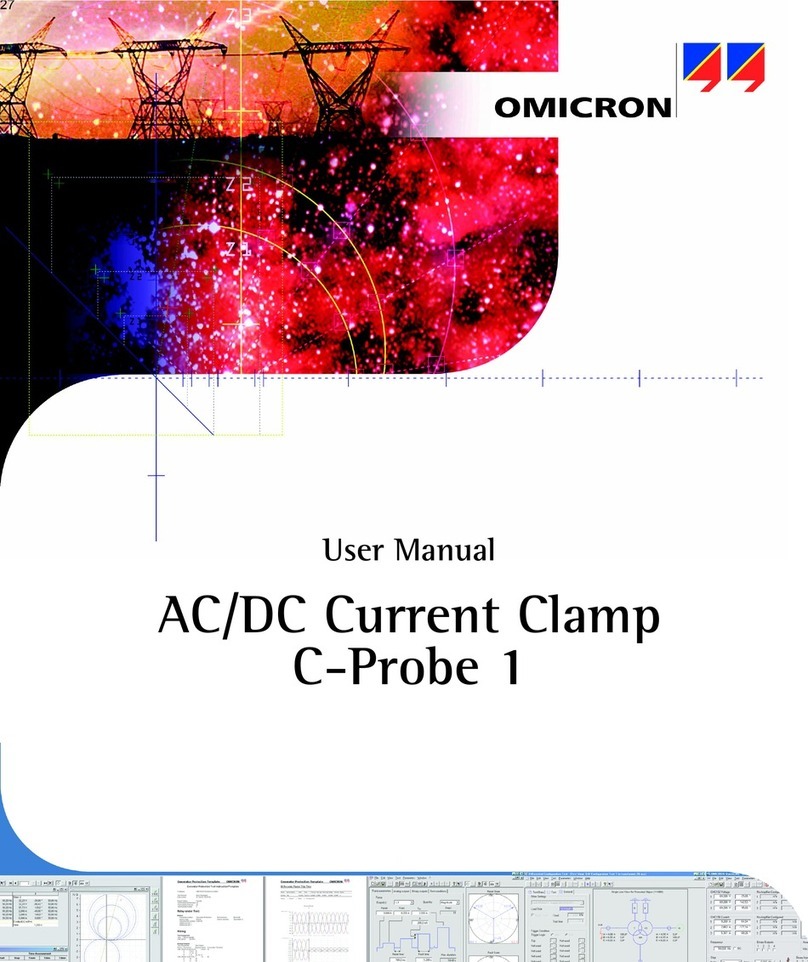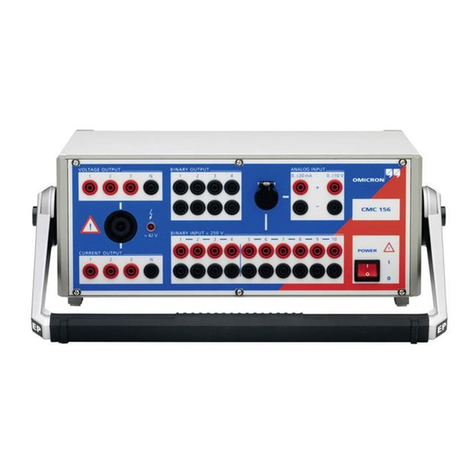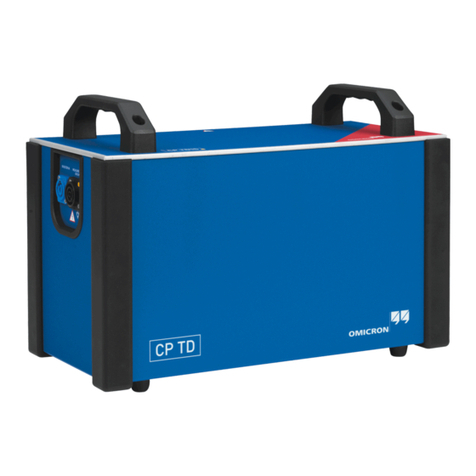
Preface 5 Tip Etching Kit User Guide
December 2014 Omicron NanoTechnology Version 1.2
Contents
Preface...............................................................................................................................................................2
Copyright .................................................................................................................................................2
Warranty..................................................................................................................................................2
Waste Electric and Electronic Equipment................................................................................................3
Normal Use..............................................................................................................................................3
Conditions of CE Compliance..................................................................................................................4
Contents ..................................................................................................................................................5
List of Figures ..........................................................................................................................................5
List of Tables ...........................................................................................................................................6
1. Introduction..................................................................................................................................................7
2. Safety Information .......................................................................................................................................8
3. General .......................................................................................................................................................10
4. The Etching Control Unit...........................................................................................................................12
Front Panel............................................................................................................................................12
Rear Panel.............................................................................................................................................14
5. Cut-Off Procedures....................................................................................................................................15
Threshold Cut-Off ..................................................................................................................................15
Differential Cut-Off.................................................................................................................................15
6. DC Etching in Solution (Threshold Cut-off).............................................................................................16
7. DC Etching in Solution (Differential Cut-off) ...........................................................................................18
8. DC Etching "Lamella"................................................................................................................................20
9. Trouble Shooting .......................................................................................................................................22
10. Literature ..................................................................................................................................................23
Service at Omicron.........................................................................................................................................24
Index ................................................................................................................................................................25
List of Figures
Figure 1: Control unit front panel, schematic diagram. .....................................................................................12
Figure 2: Control unit rear panel, schematic diagram. ......................................................................................14
Figure 3: DC etching in solution, schematic diagram........................................................................................16
Figure 4: DC etching in solution, schematic diagram........................................................................................18
Figure 5: DC etching in lamella, schematic diagram.........................................................................................20
Figure 6: Meniscus slides down........................................................................................................................22
